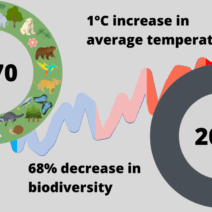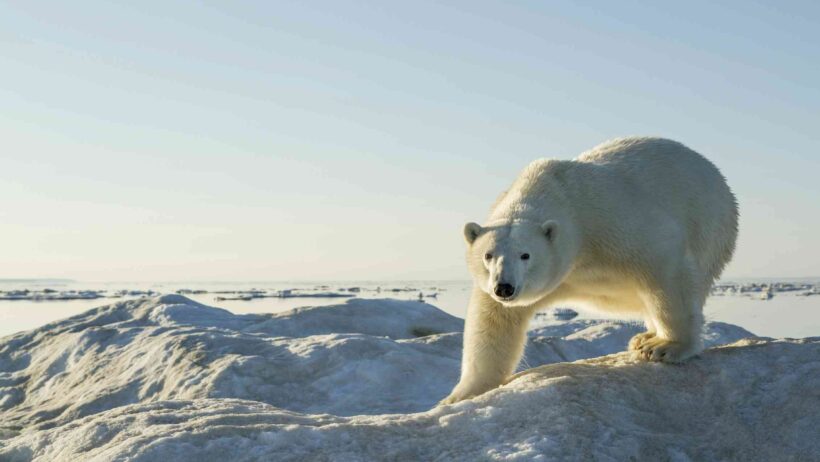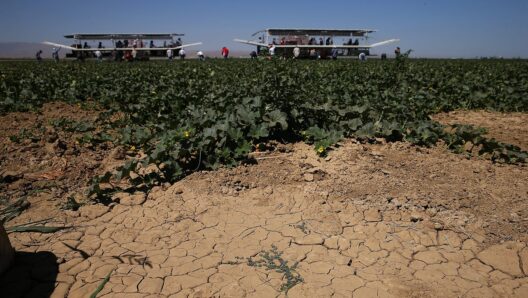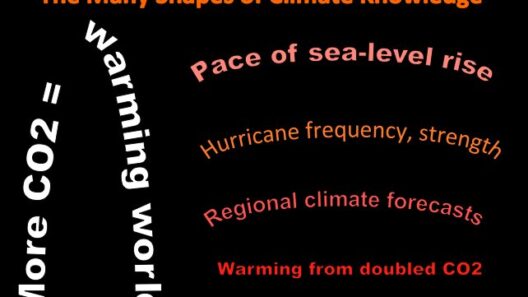Polar bears (Ursus maritimus) are quintessential symbols of the Arctic ecosystem, embodying a stark yet breathtaking image of survival in one of the world’s harshest environments. As climate change accelerates and polar habitats dwindle, it raises an intriguing question: Can polar bears survive in warmer climates? The answer is multifaceted and extends beyond mere physiological adaptations.
The reality is that polar bears are uniquely designed for life in frigid temperatures. Their thick blubber, dense fur, and specialized limbs are adaptations honed over thousands of years to thrive within the ice-covered tundra. These adaptations play critical roles in thermoregulation, insulating their bodies against extreme cold. However, as temperatures rise, the viability of such features in warmer climates becomes questionable. Would these adaptations become detrimental in a habitat where average temperatures soar?
Physiologically, the polar bear is equipped to withstand temperatures that would incapacitate many other species. They can comfortably endure conditions as low as -50 degrees Celsius. However, the transition from ice to a significantly warmer environment could result in severe implications for their health. For instance, a polar bear’s fur, while excellent for trapping heat, serves as insulation against the cold; it is not built for dissipating heat efficiently. In a warmer climate, this could lead to overheating, ultimately predisposing them to heat-related stress.
The behavioral patterns of polar bears also pose significant challenges when considering their potential adaptation to warmer climates. Hunting relies primarily on sea ice platforms from which they ambush seals, their primary prey. As climate change melts ice coverage, these hunting grounds dissolve, forcing bears to expend more energy in search of food. This energy expenditure is crucial; in warmer climates, reduced access to food could result in malnourishment and declining populations. Thus, the symbiotic relationship with ice becomes an Achilles’ heel for survival in an increasingly temperate world.
Feeding habits further emphasize the theory that polar bears would struggle to adapt to warmer climates. They exhibit a dietary specialization that caters predominantly to marine mammals, a niche that could be irrevocably disrupted as their habitat changes. The absence of pack ice not only limits their hunting opportunities but also affects the entire Arctic food web, with cascading effects felt throughout the ecosystem. The prospect of a warmer climate also raises concerns about competition with other species that could encroach upon polar bear territory, potentially leading to conflicts over dwindling resources.
Another factor to consider is the psychological impact of climate change on polar bears. Observational studies indicate that environmental stressors can lead to atypical behavior patterns, such as increased aggression and altered reproductive practices. If polar bears were to inhabit warmer climates, these psychological pressures could exacerbate existing conservation challenges. Reduced densities and fragmented populations could hinder genetic diversity, an essential element for species resilience in changing environments.
The climate debate is multi-layered, with various tangential issues complicating the survival of polar bears in warmer climates. One such issue is the influence of greenhouse gas emissions. These emissions not only contribute to rising temperatures but also lead to alterations in global weather patterns, impacting ecosystems far beyond polar territories. A warm climate may present an unfriendly interface where polar bears struggle not only with temperature but with unpredictable weather, altered prey availability, and shifting habitats.
Despite these daunting challenges, nature is inherently resilient. It’s worthy of note that some scientists propose that polar bears possess an enigmatic adaptability. Evidence suggests a limited capacity for dietary changes; opportunistic feeding behaviors may emerge in response to scarcity. Notably, polar bears have been observed scavenging carcasses left by other predators or consuming plant material in desperation. However, the extent of this adaptability remains largely untested and is not a guaranteed lifeline for future generations.
As advocates for environmental stewardship, it is crucial to emphasize the importance of mitigating climate change. While the question of whether polar bears can survive in a warm climate prompts considerable interest, it ultimately underscores a more severe and pressing issue: the broader implications of our contributions to climate variability. The preservation of ice habitats is symbiotic to the survival of polar bears and the myriad species depending on this delicate ecosystem.
Moving forward, it is essential to recognize that the fate of polar bears is deeply entwined with the challenges posed by climate change. Their struggle to adapt to a warming world serves not only as a narrative of survival but as a poignant reminder of impending ecological collapse if present trends are unmitigated. Conservation efforts focusing on habitat preservation, reducing greenhouse gas emissions, and fostering coexistence will determine the future outlook for polar bears. It must be recognized that saving polar bears is not just about protecting one species; it is about preserving the intricate tapestry of life that is threatened by the relentless march of climate change.
In conclusion, the question of whether polar bears can live in warm climates presents more complexity than a simple affirmative or negative response. Their adaptations honed for the Arctic are ill-suited for warmer environments, presenting significant challenges for their survival. Although some adaptability exists, it is inherently limited. As stewards of this planet, we possess the power to influence their fate. The survival of polar bears in a progressively warmer world depends not only on their unique biology but also on our commitment to safeguarding the intricate ecological networks they inhabit.








